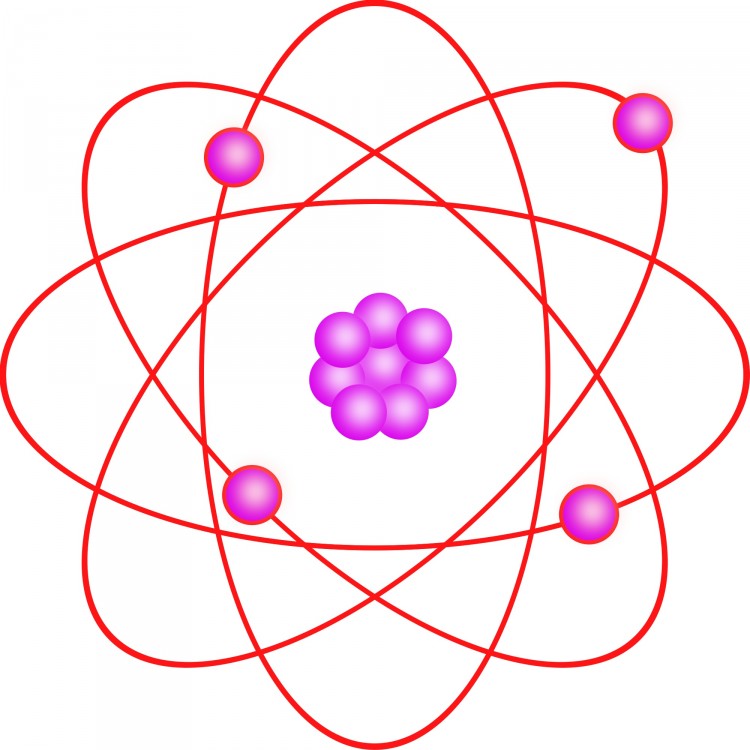If an electron could be blown up to the size of our solar system, it would be absolutely spherical to within the breadth of a human hair, according to research findings published online in Nature on May 25.
The Imperial College London study took more than 10 years to complete, and involved observing electrons inside ytterbium fluoride molecules, using laser measurements of their motion.
An imperfectly round electron would rotate with a wobble and distort the molecule’s overall shape. However, no wobble was observed, suggesting the electron is less than 0.000000000000000000000000001 centimeters from being a perfect sphere.
“We’re really pleased that we’ve been able to improve our knowledge of one of the basic building blocks of matter,” said co-author Jony Hudson in a press release. “It’s been a very difficult measurement to make, but this knowledge will let us improve our theories of fundamental physics.”
The team wants to further investigate the shape of electrons to better understand antimatter, which is comprised of positrons— particles similar to electrons but with an opposite electrical charge.
According to the Big Bang theory, matter and antimatter should be present in the universe in equal amounts. But only tiny amounts of antimatter have been discovered, for example in some radioactive materials and cosmic rays.
Electrons are predicted to deviate from being perfect spheres in the standard model of particle physics, and this asymmetry between matter and antimatter particles was postulated as an explanation for the discrepancy in their abundances.
“The whole world is made almost entirely of normal matter, with only tiny traces of antimatter,” said co-author Edward Hinds in the release. “Astronomers have looked right to the edge of the visible universe and even then they see just matter, no great stashes of antimatter.”
“Physicists just do not know what happened to all the antimatter,” Hinds added, “but this research can help us to confirm or rule out some of the possible explanations.”
The results of this study thus mean that scientists will have to look further to understand the relationship between matter and antimatter.
The Imperial College London study took more than 10 years to complete, and involved observing electrons inside ytterbium fluoride molecules, using laser measurements of their motion.
An imperfectly round electron would rotate with a wobble and distort the molecule’s overall shape. However, no wobble was observed, suggesting the electron is less than 0.000000000000000000000000001 centimeters from being a perfect sphere.
“We’re really pleased that we’ve been able to improve our knowledge of one of the basic building blocks of matter,” said co-author Jony Hudson in a press release. “It’s been a very difficult measurement to make, but this knowledge will let us improve our theories of fundamental physics.”
The team wants to further investigate the shape of electrons to better understand antimatter, which is comprised of positrons— particles similar to electrons but with an opposite electrical charge.
According to the Big Bang theory, matter and antimatter should be present in the universe in equal amounts. But only tiny amounts of antimatter have been discovered, for example in some radioactive materials and cosmic rays.
Electrons are predicted to deviate from being perfect spheres in the standard model of particle physics, and this asymmetry between matter and antimatter particles was postulated as an explanation for the discrepancy in their abundances.
“The whole world is made almost entirely of normal matter, with only tiny traces of antimatter,” said co-author Edward Hinds in the release. “Astronomers have looked right to the edge of the visible universe and even then they see just matter, no great stashes of antimatter.”
“Physicists just do not know what happened to all the antimatter,” Hinds added, “but this research can help us to confirm or rule out some of the possible explanations.”
The results of this study thus mean that scientists will have to look further to understand the relationship between matter and antimatter.






